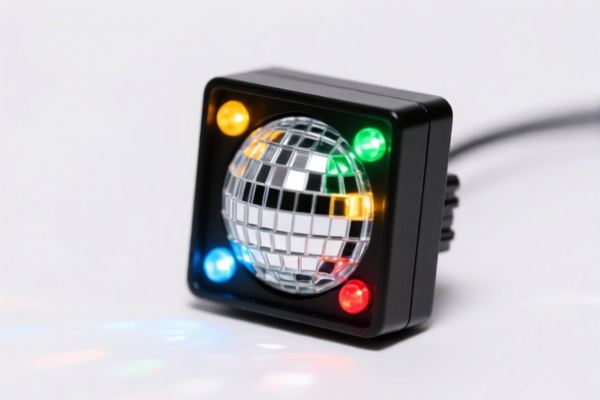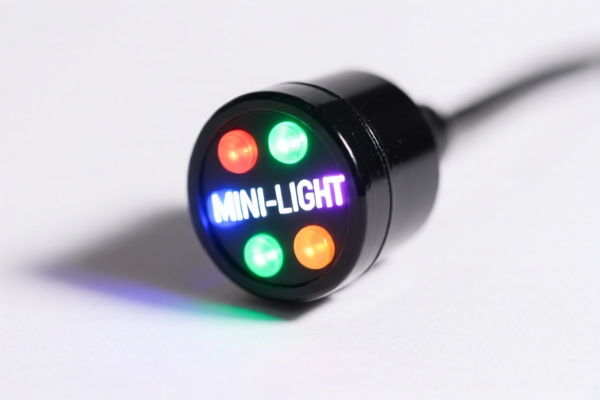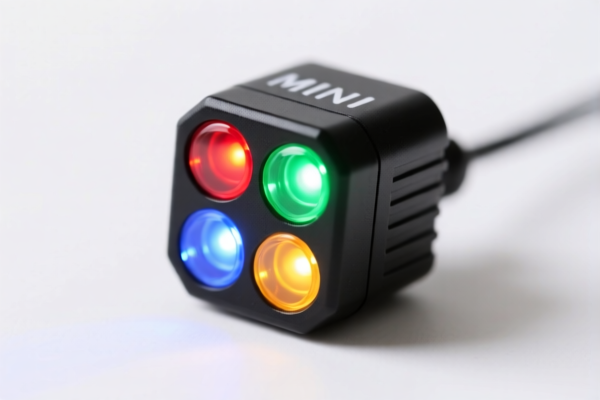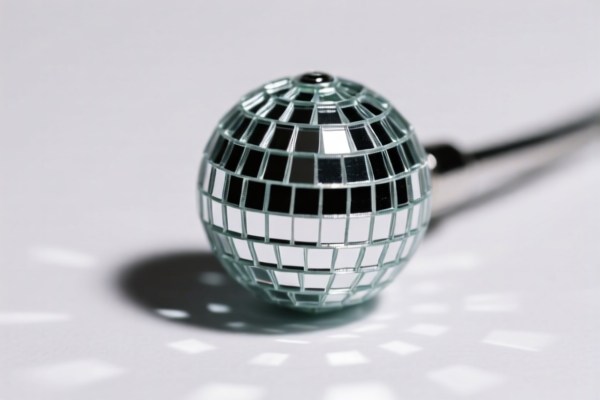| HS Code | Official Doc | Tariff Rate | Origin | Destination | Effective Date |
|---|---|---|---|---|---|
| 3919905060 | Doc | 60.8% | CN | US | 2025-05-12 |
| 8513102000 | Doc | 42.5% | CN | US | 2025-05-12 |
| 8513104000 | Doc | 33.5% | CN | US | 2025-05-12 |
| 8539293020 | Doc | 37.5% | CN | US | 2025-05-12 |




Mini Light Sticks
Mini light sticks, also known as glow sticks, are self-contained light-emitting devices, typically made of plastic, containing a chemical solution that produces light through a process called chemiluminescence.
Material:
- Outer Shell: Usually constructed from thin plastic, often polypropylene or polyethylene. This provides a durable, flexible containment for the chemicals.
- Inner Solution: Comprises two primary chemicals:
- Hydrogen Peroxide: A liquid oxidizer.
- Phenyl Oxalate Ester: An ester that reacts with hydrogen peroxide.
- Dye: A fluorescent dye determines the color of the emitted light. Different dyes are used for various colors.
- Stabilizers: Chemicals to control the reaction rate and shelf life.
- Glass Vial: A fragile glass ampoule within the stick containing an activator.
Purpose:
The primary purpose of mini light sticks is to provide a portable, independent source of light. They are used for illumination, signaling, and decorative purposes.
Function:
Light is generated through chemiluminescence. Breaking the glass vial inside the stick mixes the hydrogen peroxide and phenyl oxalate ester. This initiates a chemical reaction that releases energy in the form of light. The dye amplifies and colors the emitted light. No batteries or external power source are required.
Usage Scenarios:
- Recreational: Concerts, raves, parties, camping, hiking, fishing, swimming.
- Safety: Emergency signaling, roadside assistance, marking pathways in low-light conditions.
- Decorative: Event decorations, children's toys, novelty items.
- Educational: Demonstrations of chemical reactions.
Common Types:
- Standard Glow Sticks: The most common type, available in various colors and lengths. Typically last for 6-12 hours.
- Premium Glow Sticks: Offer brighter illumination and longer duration (up to 24 hours or more) due to higher concentrations of chemicals and improved dye formulations.
- Jumbo Glow Sticks: Larger diameter and volume for increased brightness and longer duration.
- Glow Bracelets/Necklaces: Plastic tubes pre-filled with the chemical solution, designed to be worn as accessories.
- Glow Cubes/Shapes: Molded into various shapes for decorative purposes.
- Activated/Connectors: Some glow sticks are designed with connectors to link multiple sticks together, creating longer strands or patterns.
- Waterproof Glow Sticks: Sealed to prevent water ingress, suitable for underwater use.
Mini light sticks fall under the category of portable electric lamps designed to function by their own source of energy. Based on the provided information, the following HS codes are relevant:
- 8513102000: Portable electric lamps designed to function by their own source of energy (for example, dry batteries, storage batteries, magnetos), other than lighting equipment of heading 8512; parts thereof: Lamps: Flashlights. This code covers portable lamps powered by batteries, and mini light sticks, functioning as flashlights, would fall under this classification. The first two digits, '85', indicate electrical machinery and equipment. '13' specifies lamps and lighting fittings. '10' further defines portable electric lamps, and '20' specifically denotes flashlights.
- 8513104000: Portable electric lamps designed to function by their own source of energy (for example, dry batteries, storage batteries, magnetos), other than lighting equipment of heading 8512; parts thereof: Lamps: Other. If the mini light sticks do not specifically qualify as flashlights, they would be categorized as 'Other' lamps within this code. The structure is the same as above, with '40' indicating other types of portable electric lamps.
Regarding HS code 8513102000 and 8513104000, the total tax rate is 42.5% and 33.5% respectively. These rates include a base tariff and a potential additional tariff of 30% applicable after April 2, 2025.
Customer Reviews
No reviews yet.